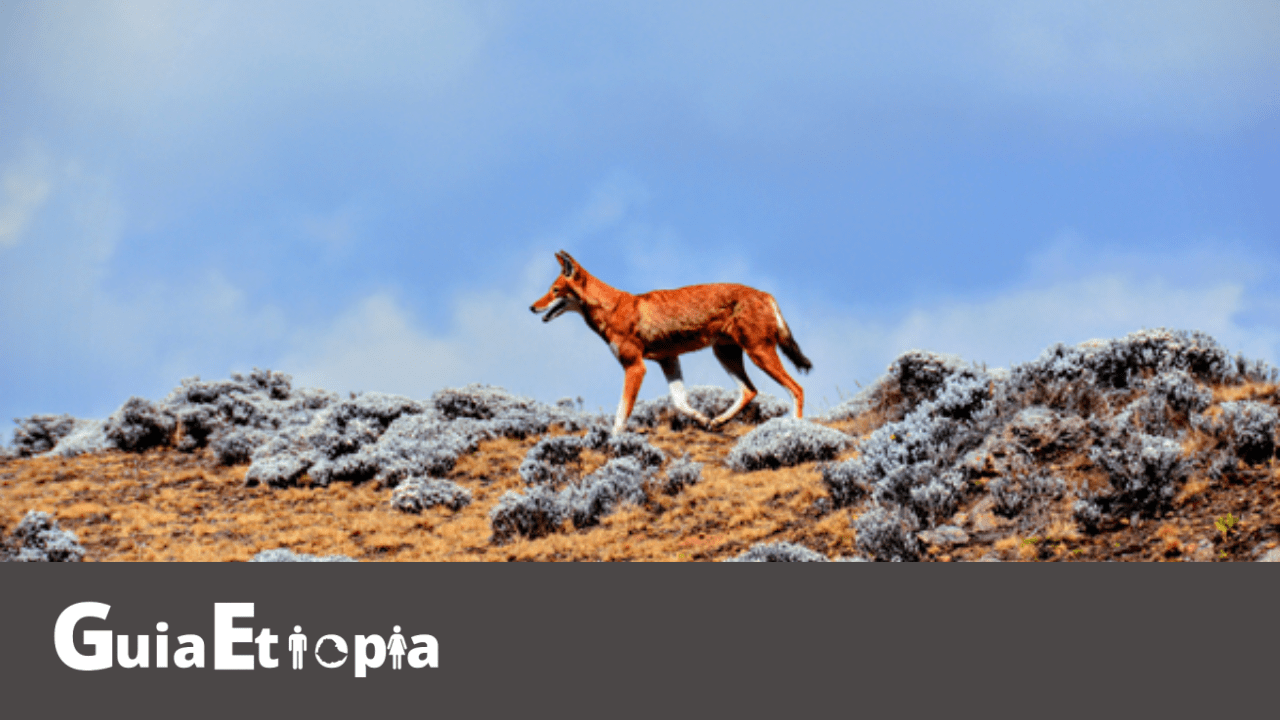Welcome to the magnificent Bale Mountains, a hidden gem nestled in the heart of Ethiopia. Offering breathtaking landscapes, diverse wildlife, and unique cultural experiences, this natural wonderland is a must-visit destination for adventurous travelers. In this article, we’ll take you on a journey through the Bale Mountains, providing you with all the essential information you need to plan an unforgettable trip.
- Overview of the Bale Mountains: Situated in southeastern Ethiopia, the Bale Mountains form part of the Ethiopian Highlands. This UNESCO World Heritage Site is known for its rugged terrain, lush forests, cascading waterfalls, and vast alpine moorlands. With peaks reaching over 4,000 meters (13,000 feet), including Ethiopia’s second-highest mountain, Mount Tullu Demtu, the Bale Mountains offer stunning panoramas and an abundance of natural wonders.
- Getting There: The most convenient way to reach the Bale Mountains is to fly into Addis Ababa, the capital of Ethiopia. From there, you can either take a domestic flight to Robe or drive by road. Robe serves as the gateway to the national park and is the starting point for most adventures in the region. Local guides and tour operators can arrange transportation to the park’s various attractions.
- Bale Mountains National Park: Covering an area of approximately 2,200 square kilometers (850 square miles), the Bale Mountains National Park is a haven for wildlife enthusiasts and nature lovers. The park is renowned for its rich biodiversity, including rare species such as the Ethiopian wolf, mountain nyala, and Bale monkey. Exploring the park’s diverse ecosystems, from the Harenna Forest to the Sanetti Plateau, promises extraordinary encounters with flora and fauna found nowhere else on Earth.
- Trekking and Hiking Opportunities: The Bale Mountains offer exceptional opportunities for trekking and hiking enthusiasts. The park boasts a network of well-maintained trails, ranging from easy walks to challenging multi-day treks. Whether you opt for a day hike to Sof Omar Caves or embark on the famous Bale Mountains Trek, you’ll be rewarded with breathtaking scenery, vibrant birdlife, and the chance to spot rare wildlife along the way.
- Cultural Experiences: The Bale Mountains region is home to various ethnic groups. Interacting with these local communities provides a glimpse into their rich cultural heritage and way of life. Visit traditional villages, witness colorful markets, and partake in cultural ceremonies to gain a deeper understanding of the region’s traditions and customs.
- Wildlife Watching: Bale Mountains National Park is a paradise for wildlife enthusiasts. In addition to the Ethiopian wolf and mountain nyala, you can encounter other fascinating species such as colobus monkeys, giant forest hogs, and numerous endemic bird species. Guided wildlife tours and early morning game drives offer excellent opportunities to observe these magnificent creatures in their natural habitats.
- Scenic Highlights: Prepare to be amazed by the awe-inspiring landscapes of the Bale Mountains. Explore the Harenna Forest, a mystical realm of giant trees, bamboo groves, and cascading waterfalls. Marvel at the breathtaking views from the Sanetti Plateau, the highest plateau in Africa, which transforms into a floral wonderland during the rainy season. Don’t miss the stunning Bale Mountains’ rock formations, including the famous “Organo” rocks, resembling an organ pipe.
- Practical Tips:
- Pack appropriate clothing for varying weather conditions, as temperatures can fluctuate greatly in the mountains.
- Hiring a local guide is highly recommended for your safety and to enhance your overall experience.
- Respect the environment and local customs, and practice responsible tourism.
- Carry sufficient water and snacks during your hikes and treks, as facilities may be limited in some areas.
- Obtain necessary permits and check the park’s regulations before your visit.
- Be mindful of altitude sickness and take necessary precautions, especially if you plan to ascend to higher elevations.
- Consider staying in accommodations within or near the park for easy access to the attractions.
- It’s advisable to bring insect repellent and sunscreen to protect yourself from mosquitoes and the sun’s rays.
- Best Time to Visit: The Bale Mountains can be visited year-round, but the ideal time to explore this region is during the dry season, which runs from October to March. The weather is generally pleasant, with clear skies and comfortable temperatures. However, if you’re interested in witnessing the park’s extraordinary flora and fauna, consider visiting during the rainy season (April to September), when the landscape bursts with vibrant colors, and many animal species are more active.
- Safety Considerations: While the Bale Mountains offer remarkable experiences, it’s essential to prioritize safety during your visit. Follow the guidance of your guide, stay on designated paths, and be cautious of steep terrains and potential wildlife encounters. It’s also advisable to consult with your healthcare provider regarding necessary vaccinations and medications before traveling to Ethiopia.
A journey to the Bale Mountains is an expedition into a world of natural wonders, cultural diversity, and awe-inspiring landscapes. From trekking through diverse ecosystems to encountering rare wildlife species, this Ethiopian gem promises an unforgettable adventure. So pack your bags, immerse yourself in the beauty of the Bale Mountains, and prepare to create lifelong memories in this extraordinary destination.


Comment (0)